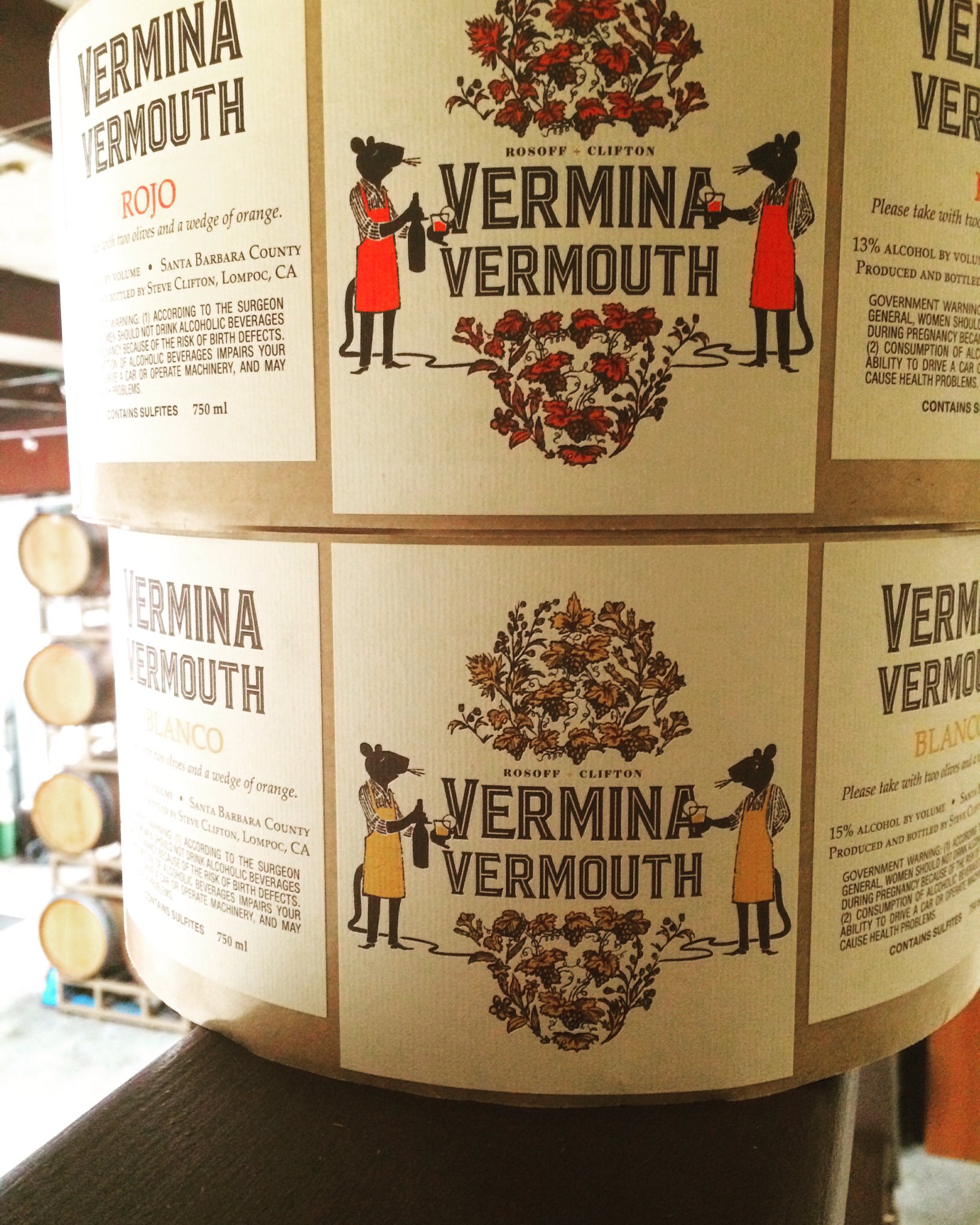A series on wines for the holidays
While winemaker at Zaca Mesa,
Benjamin Silver started fooling around with small lots of Zinfandel, Sauvignon Blanc, Cabernet Franc, and Nebbiolo. It was this experimentation that laid the foundation for what would become his own label,
Silver Wines. After exiting Zaca Mesa, he started the work toward that goal and also became winemaker at White Hawk Vineyard.
Benjamin Silver Wines allows him to continue feeding his fascination of extremely small bottlings. He produces Pinot Noir, Cabernet Franc, Cabernet Sauvignon, Viognier, Mourvedre, Syrah, Nebbiolo and Sangiovese - all grown in Santa Barbara County.
Oh, and there's this tallish, slender bottle of dessert wine that will top off your turkey tremendously. Silver calls it, "the beast I call Fifty Cask." He continues, "It is an animal, it’s own entity, and it morphed itself into a delicious tawny-styled dessert wine that should last and last and last."
In 2006, through a series of unfortunate events, Silver found himself with a cancelled vintage, 144 barrels of wine and no place to store them. Two wineries did find enough space to accommodate them, and they stayed in their separate locations for a year.
The extended period of discontent ended when a fellow winemaker offered to take in his barrels and put them in a single large tank. Silver says, "We sweetened it a little, and we bumped the alcohol a little. There it still sits marinating in its own juices, and marrying its unique distinct personality into a smooth experienced operator. No trace of the pain and anguish. Only getting better with age."
Silver says, "Fifty barrels were selected over the course of time for this blend. The majority is 2002 through 2005 Cabernet Franc, Sangiovese and Cabernet Sauvignon. There is a pinch of Syrah and Mourvedre in it as well." Alcohol is rich, at 17.8%, and residual sugar hits 8%.
Fifty Cask Tawny Red Blend is a very dark ruby color, tinged with amber. In the right light, it appears almost brown. Raisins, burnt caramel and alcohol dominate the nose, with rich oak tones cascading forth. The mouthfeel is full and tingly with tannins. Dark fruit plays a part, but the star of the show, obviously, is the decade of oak. Vanilla, brown sugar, clove, cinnamon, orange peel and nutmeg make cameo appearances, one after another.
At the risk of exposing myself as habit-driven, I could literally have this wine everyday. All. The. Time.
The Silver Fifty Cask is one of a kind, produced only one time in a batch of about 2,500 cases. The wine retails for $30 in the 500 ml bottle. The various wines aged for an average of ten years. Silver says it is good paired with a stinky cheese, a sweet dessert, or all by itself.
Follow Randy Fuller on Twitter














